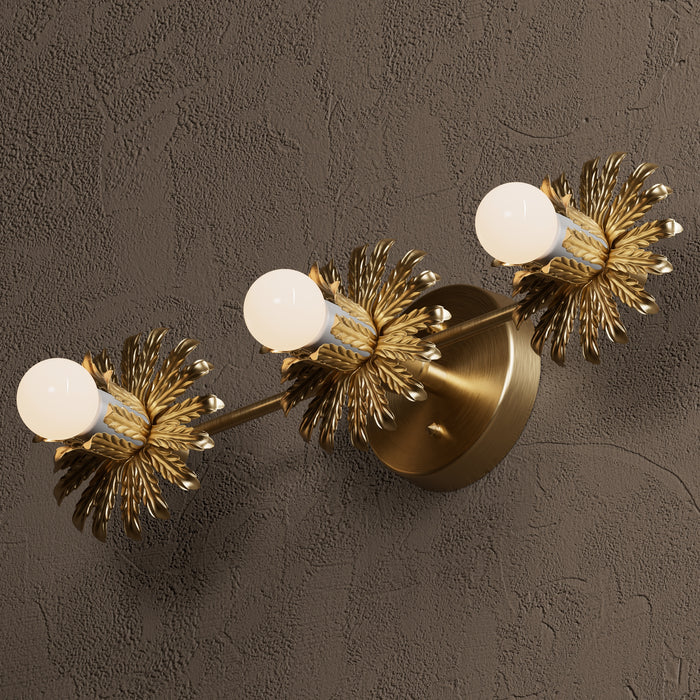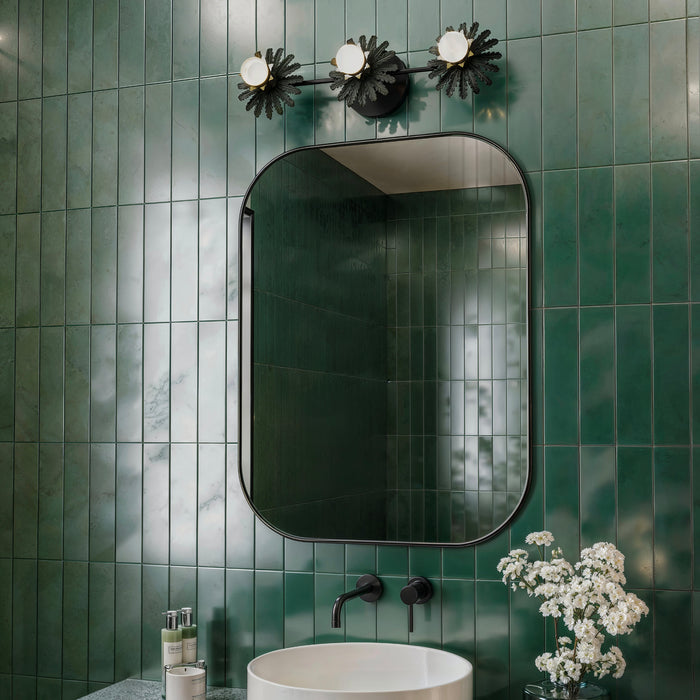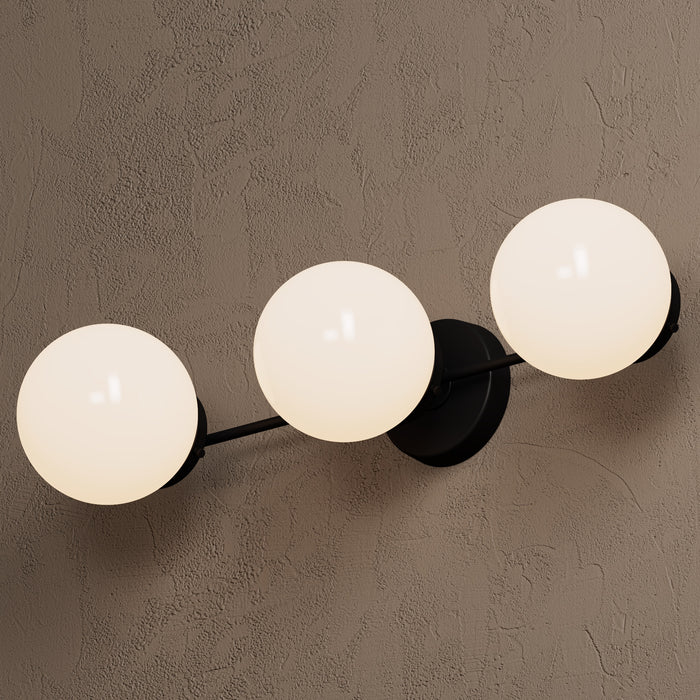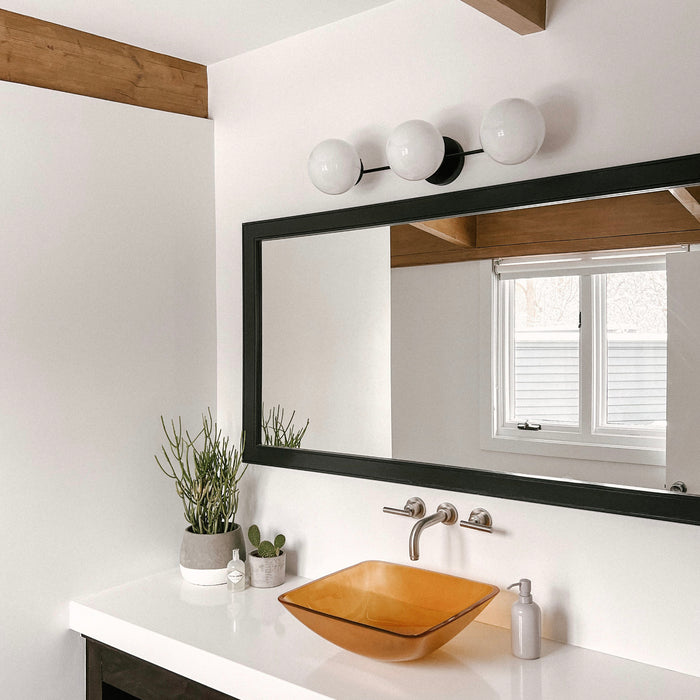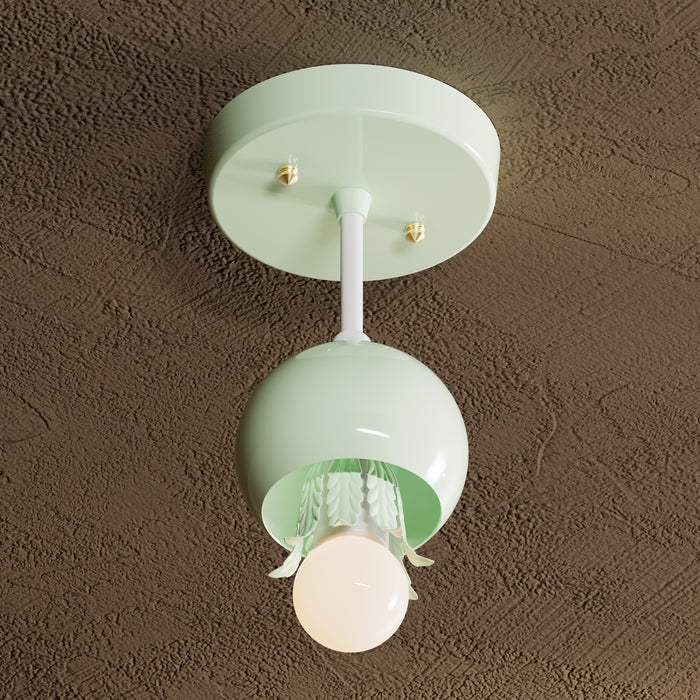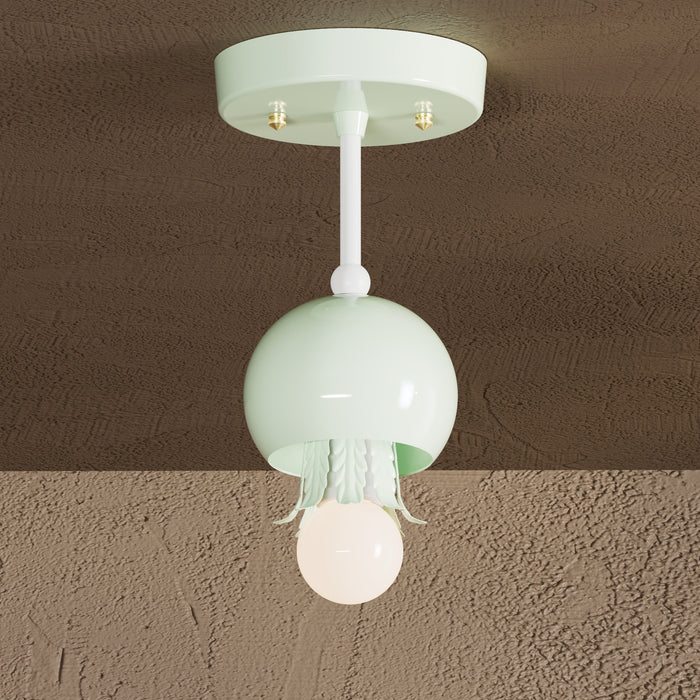Tips for Choosing the Right Light Fixtures for Each Room
Choosing the correct light fixtures for your house is essential for creating the ideal mood and ensuring everything is well-lit and functioning. Each area has unique lighting requirements, and with so many options available—from chandeliers to wall sconces—it may be daunting.
This guide will help you understand the options and select the finest light fixtures for each space, balancing design and functionality.
Importance of Choosing the Right Lighting
Selecting the right lighting goes beyond just aesthetics. It significantly impacts the functionality and atmosphere of your home. Here's why proper lighting matters:
Task Lighting: Bedside Lamps or Wall Sconces
Add bedside lights or wall sconces to provide concentrated illumination while reading or performing other activities. Wall sconces are ideal for reducing space and may be positioned on either side of the bed for even lighting.
Accent Lighting: Decorative Lamps
Incorporate ornamental lamps to create an atmosphere and improve the room's aesthetics. Consider lamps with warm-toned shades to create a cosy environment.
Bathroom Lighting
Overhead Lighting: Semi-flush or flush mounts provide adequate general illumination in the bathroom. These fixtures provide enough light without taking up too much space, making them excellent for compact bathrooms.
Task Lighting: Vanity Lights
Vanity lights are vital for shaving and doing cosmetics. Install lights on each side or above the mirror to reduce shadows and offer uniform lighting.
Accent Lighting: Recessed Lights
Consider using recessed lights as accent lighting. These fixtures can draw attention to certain bathroom sections, such as a shower or a decorative element, giving the space more depth and dimension.
Dining Room Lighting
Main Fixture: Chandeliers
Chandeliers are a timeless choice for dining rooms. They offer both functional and ornamental illumination. Place the chandelier over the dining table and select a fixture that complements the room's decor.
Accent Lighting: Wall Sconces
Add wall sconces to create a tiered lighting effect. These fixtures can enhance the room's mood while highlighting artwork or architectural aspects.
Living Room Lighting
Main Fixture: Pendant Lights or Semi-Flush Mounts
In the living room, pendant lights or semi-flush mounts can be the dominant lighting source. Select fixtures that complement the room's decor and provide flexible lighting options.
Task Lighting: Floor Lamps or Table Lamps
Use floor or table lighting for activities such as reading or working. To increase utility, place these bulbs near sitting areas.
Accent Lighting: Wall Sconces
Use wall sconces to create accent lighting. These fixtures may accent certain living room regions while also creating a warm and inviting ambience.
Kitchen Lighting
Main fixture: pendant lights or recessed lights
Pendant lights or recessed lights are excellent general lighting options in the kitchen. Pendant lights are ideal for placing over kitchen islands or dining areas, whilst recessed lights illuminate the room.
Task Lighting: Under-Cabinet Lights
Under-cabinet lighting is necessary for task illumination in the kitchen. These lamps light up worktops and workstations, making it simpler to cook meals and do other duties..
Accent Lighting: Decorative Fixtures
Add ornamental fixtures to improve the kitchen's appearance. Consider pendant lights with attractive designs to lend an element of luxury.
General Tips for Choosing Light Fixtures
- Consider the space's Function: Consider how the space will be utilized and select fixtures that provide the appropriate type and amount of light for those activities.
- Match the design: Choose fixtures that suit the room's décor and overall design. Whether you favour modern, classic, or eclectic styles, there is a light fixture to suit.
- Layer Your Lighting: Use several forms of lighting (ambient, task, and accent) to create a balanced and adaptable lighting strategy.
- Adjustability: Look for fixtures with dimmable features or adjustable arms so that you may modify the lighting to your specific needs.
- Proportion and Scale: Ensure that the fixtures proportionate the room and its furniture. Oversized or undersized fixtures might upset the room's equilibrium.
Conclusion
Selecting the appropriate light fixtures for each area in your house may improve its usefulness and visual appeal. You may create a wonderfully lighted house by considering each space's lighting requirements and picking lights that match the room's decor. From chandeliers in the dining room to wall sconces in the bathroom, each light contributes significantly to the atmosphere and functionality of your living areas.
FAQs
What type of light fixtures are best for bedrooms?
Chandeliers or pendant lights for the primary light, bedside lamps or wall sconces for task lighting, and ornamental lamps for accent lighting are all suitable for bedrooms.
How can I improve bathroom lighting?
Enhance bathroom illumination using semi-flush or flush mounts for general lighting, vanity lights for task lighting, and recessed lights for accent lighting.
How should I layer lighting in the living room?
To establish a balanced lighting plan in the living room, use pendant lights or semi-flush mounts for ambient lighting, floor or table lamps for task lighting, and wall sconces for accent lighting.
What type of lights are ideal for the kitchen?
The pendant or recessed lights for general lighting, under-cabinet lights for job lighting, and ornamental fixtures for accent lighting are all ideal for the kitchen.
